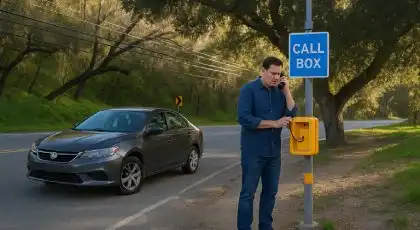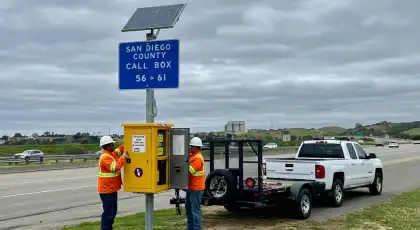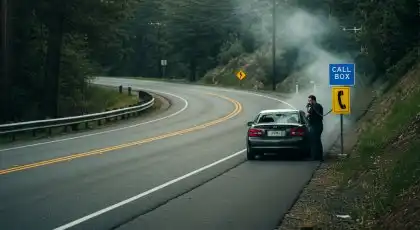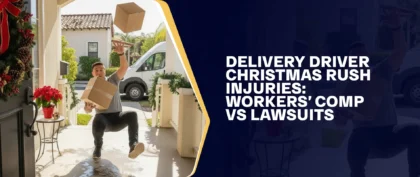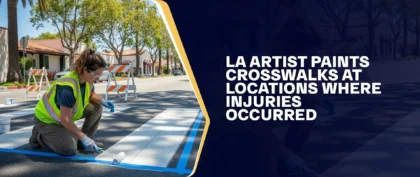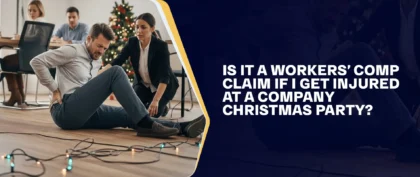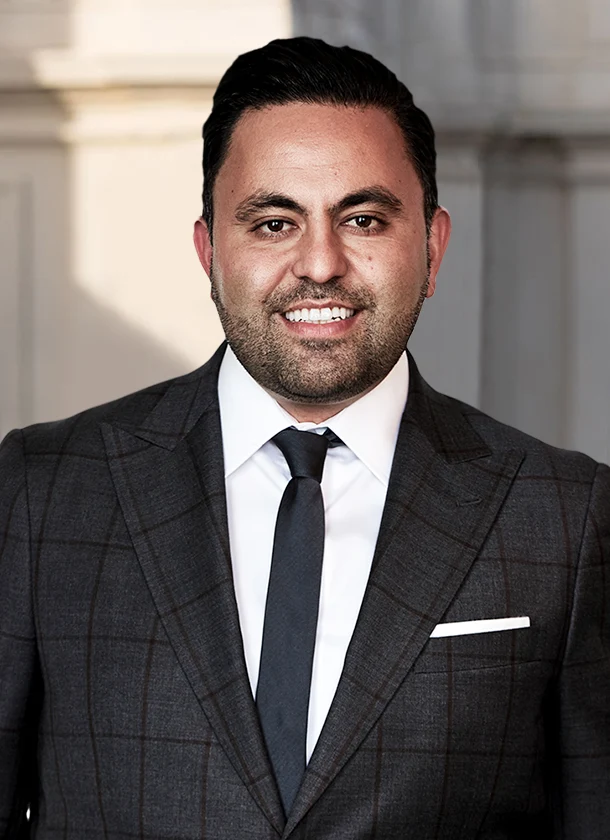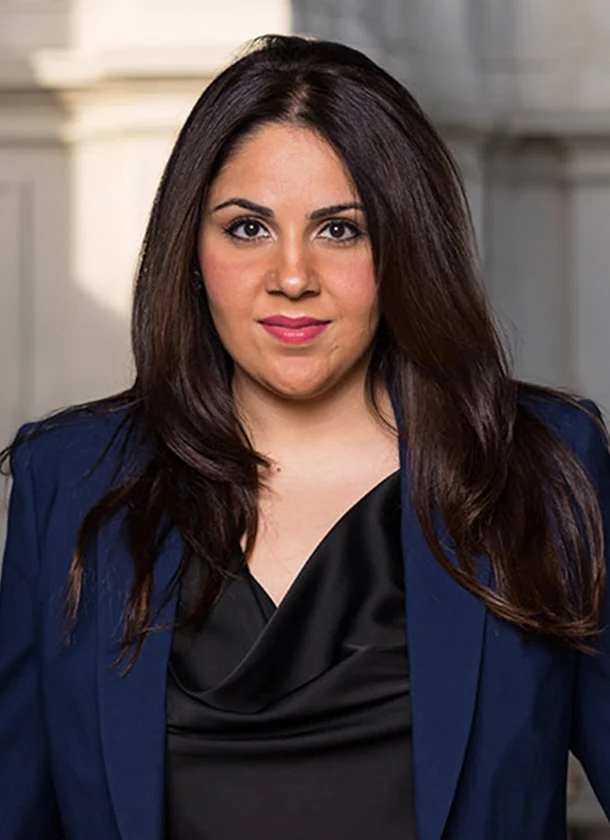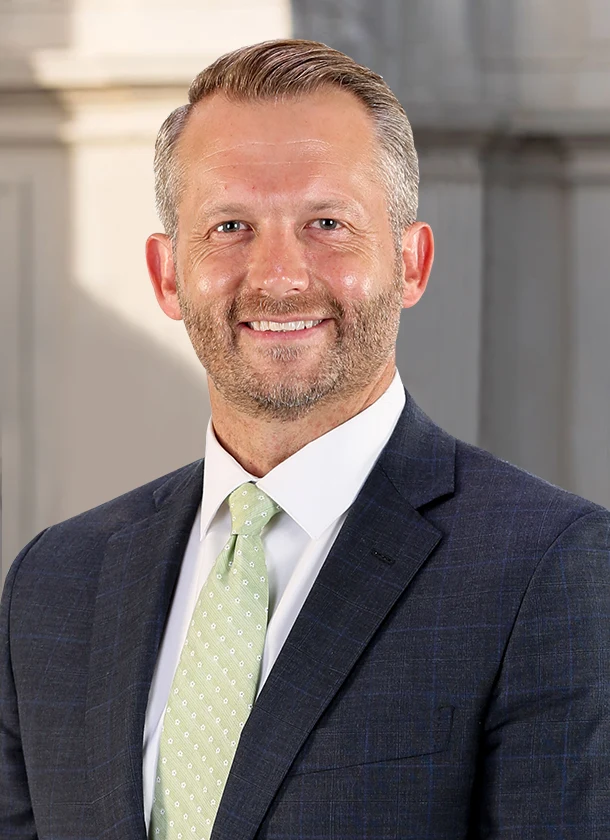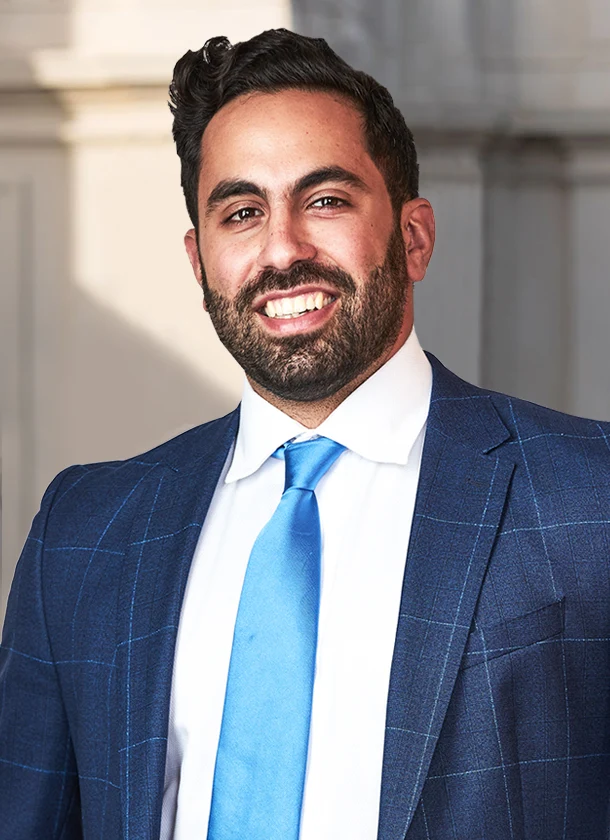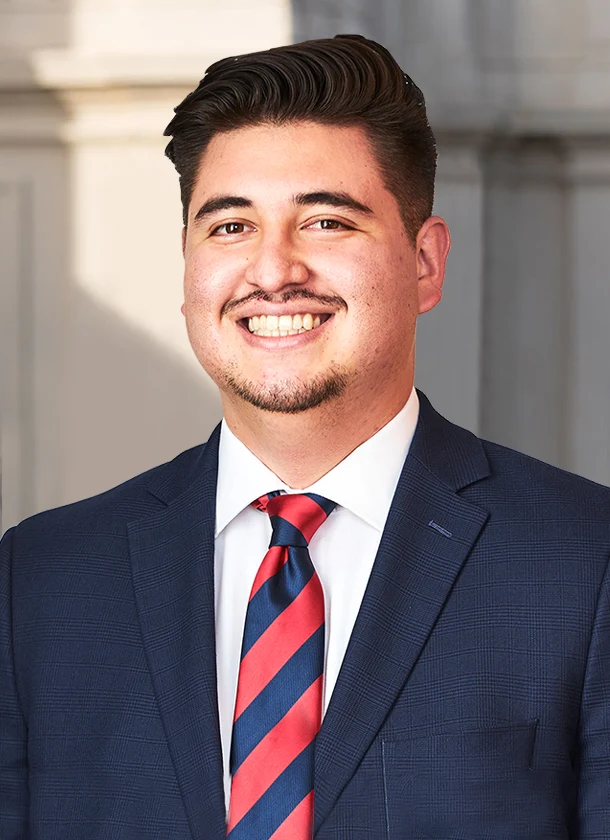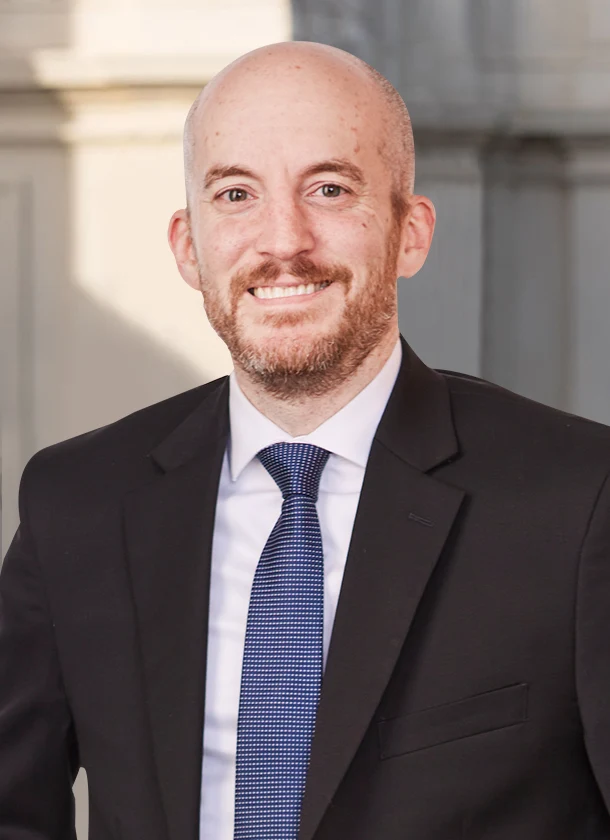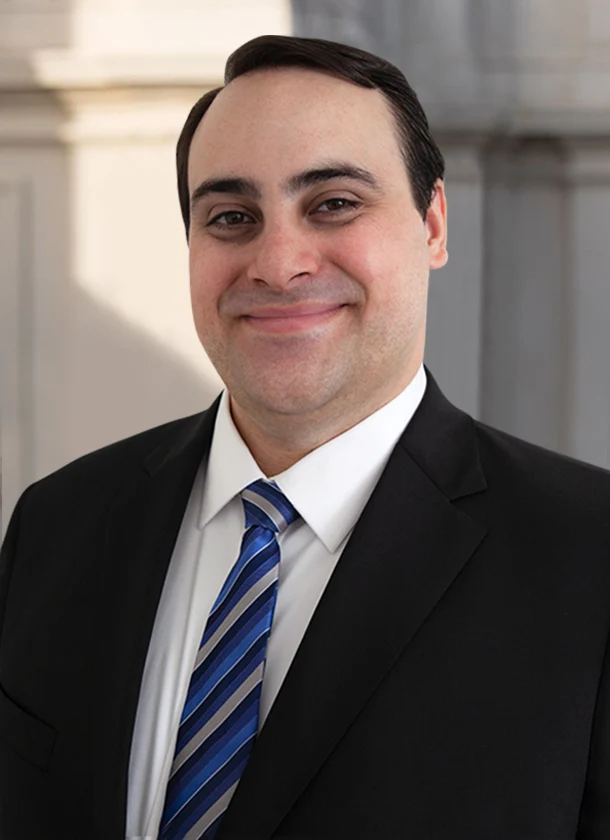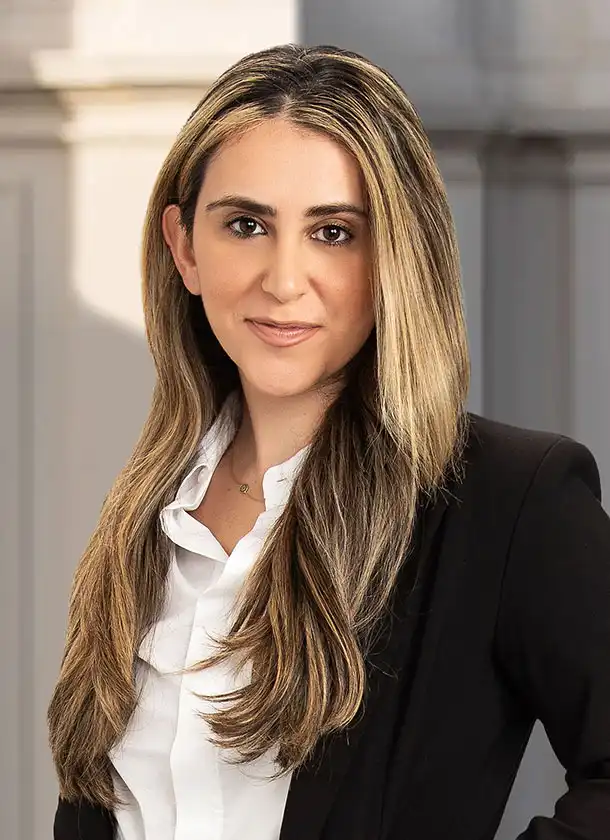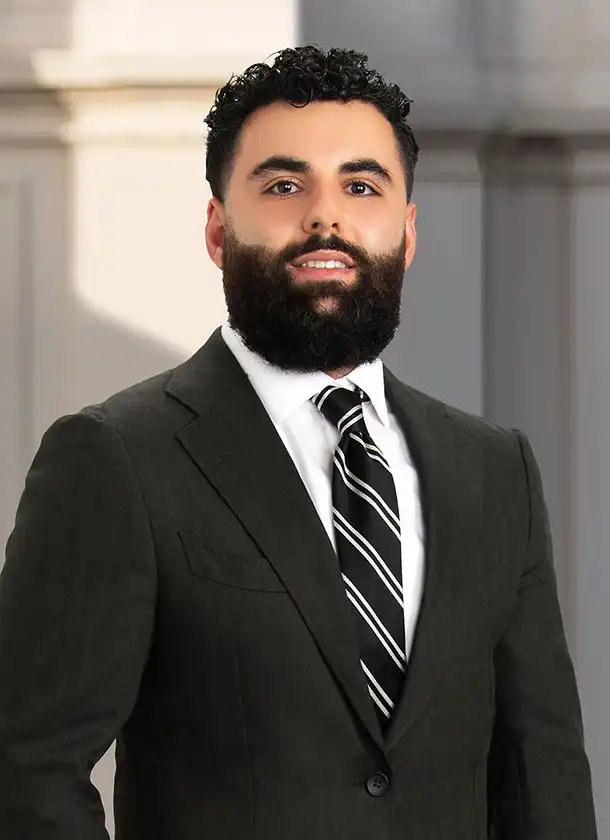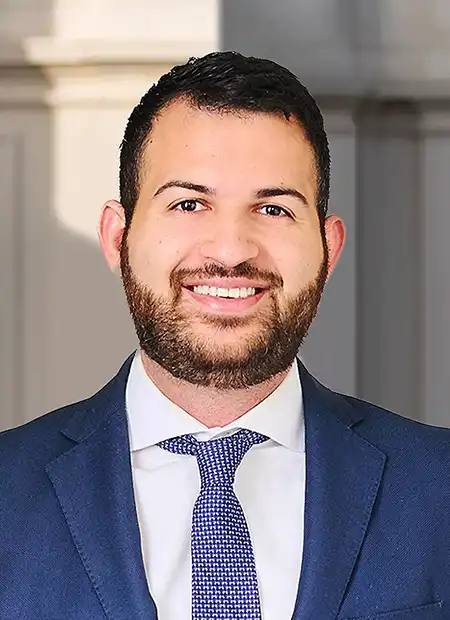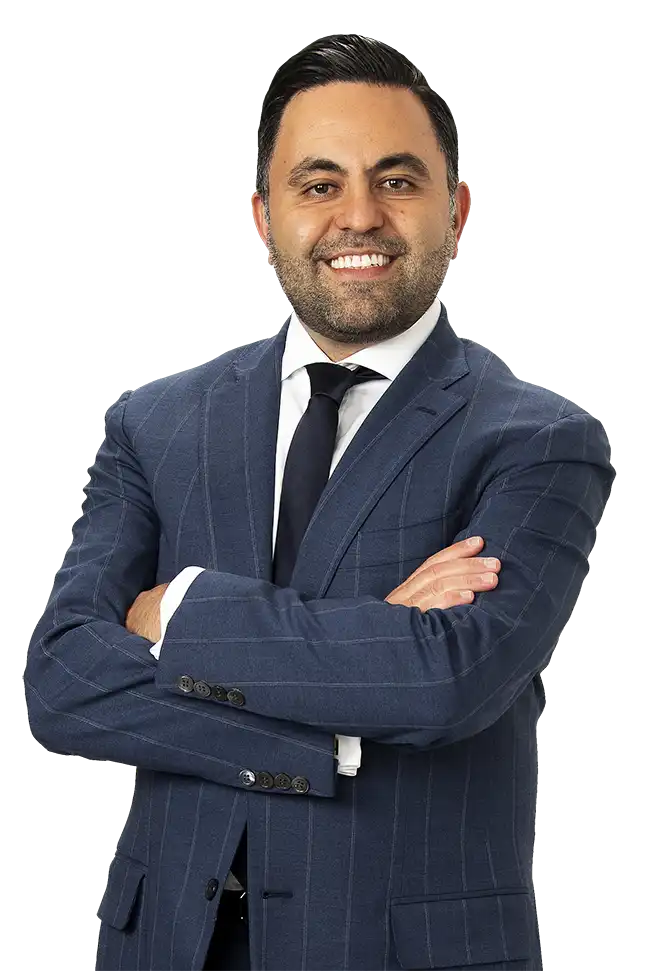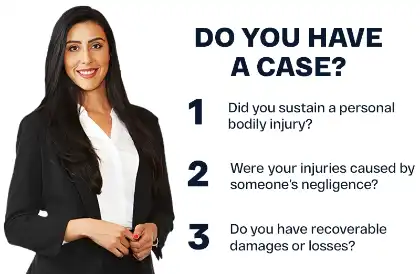TL;DR: A call box is an emergency phone located along roadsides where cell service may be unavailable. When used, it connects you directly to an operator who can quickly send assistance to your location. These call boxes provide a vital lifeline for drivers in distress.
Table of Contents
Highway call boxes are yellow roadside phones that drivers can use to report accidents, vehicle breakdowns, or road hazards when cell service isn’t available. Each box connects you to an operator who can send emergency responders or roadside assistance directly to your location. These boxes are easily identifiable by their blue signs and are often placed at regular intervals along highways, especially in remote areas.
Even with the rise of smartphones and emergency apps, call boxes still serve an important purpose. They act as a reliable backup when you’re stuck in an area with poor reception, during a power outage, or in emergencies where your phone is lost or damaged. Using a call box can speed up emergency response and help create an official record of the incident. This can be important if the situation leads to an insurance claim or legal case.
If you’ve been in a highway or freeway accident, our experienced California accident lawyers can help. We offer free, no-obligation initial consultations at (888) 488-1391 to guide you through your legal options.
Call boxes may seem outdated, but they’re still an important part of roadside safety. Here’s why they continue to serve a valuable purpose for drivers across the country.
The Function And Purpose Of Highway Call Boxes
California has used highway call boxes as part of its transportation network since the 1960s. The first ones appeared on the Harbor Freeway in Los Angeles. The system quickly expanded to cover most major highways in the state.
While fewer people rely on them today due to mobile phones, these emergency phones still line many California roads. They remain a visible and accessible safety feature for drivers in need.
The History Of Emergency Call Boxes
California proposed the highway call box system in 1959. Three years later, the Federal Communications Commission approved $92,000 to install the emergency boxes.
People quickly supported the idea. Just four months after the launch, there were calls to place call boxes on all L.A. freeways. The system kept growing over the years.
Here’s a quick timeline:
- 1965 — The Harbor Freeway in Los Angeles has the first call boxes. There was rapid expansion thereafter.
- 1990s — There were installations of thousands of boxes across the state.
- 2022 — Use dropped to about one call per box per month. Officials considered removing them.
- 2023 — The state voted to keep the system in place.
There were yellow boxes every quarter mile. Reflective panels are attached to light poles for nighttime use. Each one uses radio signals to contact the Los Angeles Police Department. There is no need for underground wiring.
Many call boxes also include TTY features so drivers who are hard of hearing can still use them. It makes emergency help more accessible for everyone.
The Function Of A Freeway Call Box
A freeway call box helps stranded drivers get emergency assistance. When you face a road hazard, you can use the call box to connect with help right away. The role of call boxes in emergencies is to link you to an operator who can send roadside service or emergency responders, even if your phone doesn’t work.
Motorists can also use these emergency phones to report motor vehicle accidents, ranging from fender benders to fatal car collisions. These include:
- Bus accidents
- Bicycle incidents
- Truck collisions
- Big rig crashes
- Motorcycle accidents
- Lyft incidents
- Tractor-trailer collisions
- Uber crashes
Call boxes connect directly to emergency dispatchers, enabling a quick accident response, especially in remote areas with poor cell service. They remain an important part of highway and roadside safety. Additionally, they help protect drivers and passengers when other options aren’t available.
Why Are Highway Call Boxes Important?
Highway call boxes use cellular technology to connect drivers with help at any time. Their bright yellow color makes them easy to spot during the day or night.
These roadside phones serve several important purposes:
- Motorist Assistance — Call boxes help drivers report a vehicle breakdown, medical issues, or road hazards, especially in areas with poor cell service.
- Emergency Scenarios — Beyond vehicle issues, call boxes can be critical during natural disasters, mass casualty incidents, or road closures, when regular communication channels are down.
- Safety — Each call box links to a mile marker, so dispatchers can locate the caller quickly and send help faster.
- Incident Reporting — Call centers monitor these emergency lines and coordinate with the right agencies to respond.
Although it is legal to use your cell phone while stopped at a red light, many rural highways experience significant gaps in mobile coverage. This lack of reliable service means you can’t always count on your phone to connect when you need it most. As a result, the yellow call boxes placed along these highways become an essential resource. They provide a dependable means of communication in case of emergencies, ensuring that help is available even in areas where cell phone signals may be weak or nonexistent.
Challenges & Limitations Of Call Boxes
While call boxes can be lifesaving in emergencies, they also have several limitations:
- High Maintenance Costs — Maintaining the call box system costs between $350,000 and $400,000 annually, including regular inspections and repairs.
- Vandalism & Damage — Boxes are vulnerable to tampering and weather-related wear, which can compromise reliability and increase downtime.
- Limited Coverage — Remote or rural areas may have fewer call boxes, delaying access to help when it’s most needed.
- Manual Operation — Drivers must exit their vehicles and physically use the device, which can be risky and time-consuming during emergencies.
- Declining Use — With widespread smartphone and GPS access, many areas now rely on mobile apps or vehicle telematics instead. Some cities have started phasing out call boxes entirely and replacing them with signage directing drivers to use emergency apps or call 911.
Call Boxes In The Modern Era: Still Relevant?
As smartphones became widespread, many cities began phasing out highway call boxes. In 2018, Indianapolis replaced its system with signs that directed drivers to call 911. The new red signage included GPS information to make it easier for emergency services to find the location.
In 2023, New York removed its Northway Call Box System after receiving fewer than 30 calls per year and facing a lack of replacement parts. San Francisco followed in 2024, with nearly 75% of its boxes no longer working. Of the few that still functioned, over 95% of calls were false alarms, leading the city’s Department of Technology to shut some down preemptively.
Still, these systems haven’t disappeared completely. A federal study, Evaluation of Roadside Emergency Call Box Technology, found that 21 U.S. states still maintain call boxes. While their use has declined, call boxes are still used today, as they serve as a backup during power outages, natural disasters, or cell network failures.
Modern technology now complements or replaces many of their functions:
- Smartphones & Emergency Apps — Apps like AAA, CHP Mobile, and automaker tools can share location data instantly.
- In-Vehicle Emergency Systems — Features like OnStar, BMW Assist, and Toyota Safety Connect automatically alert responders after a crash.
- GPS & Vehicle Telematics — Real-time tracking allows emergency services to locate incidents faster and more accurately than traditional call boxes.
U.S. States And Locations With Call Box Systems
According to a study by the Louisiana Transportation Research Center, 21 states in the U.S. continue to use emergency call box systems. These include:
- Arizona
- Arkansas
- California
- Colorado
- Delaware
- Florida
- Georgia
- Hawaii
- Illinois
- Louisiana
- Massachusetts
- Michigan
- Nevada
- New Jersey
- New York
- North Carolina
- Oklahoma
- Pennsylvania
- Rhode Island
- Texas
- Washington
California-Specific Call Box Systems
California is home to over 15,000 call boxes along 6,300 miles of highways, as per the California Department of Transportation. The distribution of these call boxes varies significantly across the state’s major counties, with concentrations in high-traffic areas and remote locations where cell service remains unreliable. Some of the state’s notable regions with call boxes include:
- Los Angeles County — Busy freeways host more than 4,000 call boxes.
- San Bernardino County — There were satellite boxes in areas with inconsistent cellular signals.
- Orange County — About 400 call boxes along selected highways, including Carbon Canyon Road, Ortega Highway, and Santiago Canyon Road.
- Ventura County — Over 400 active call boxes, averaging 1,200 calls for motorist assistance each year.
If a big-rig crash on Highway 101 leaves you injured near Oxnard, our truck accident lawyers can assist with the claims process while you focus on recovery.
For instance, if you’re driving along State Route 1 between Sea Ranch and Valley Ford and have no cell service, these systems offer a reliable way to get help. Here are some of the call box locations along Hwy 1 in Sonoma County, compiled by the California Highway Patrol:
| Call Box | Mile Marker | Location |
| Call Box 583 | 58.3 | Gualala Point Park |
| Call Box 563 | 56.3 | Walk On Beach |
| Call Box 545 | 54.5 | Vantage Rd |
| Call Box 539 | 53.9 | Wild Iris |
| Call Box 523 | 52.3 | Pebble Beach |
| Call Box 509 | 50.9 | Black Point Beach |
While California still maintains an extensive network of call boxes, the rise of mobile phones has led to a decline in usage. Many counties have begun removing or deactivating outdated call boxes due to the high number of people relying on cell phones.
Maintenance And Funding For Call Boxes
California funds its call box system with a $1 annual fee added to vehicle registrations in participating counties. The DMV collects the fee and sends it to local transportation agencies to support call boxes and other motorist aid services.
Just because a highway has a call box doesn’t mean the state maintains that road. Local programs, called Service Authorities for Freeways and Expressways (SAFE),install and manage the systems.
These programs usually operate through regional transportation agencies, such as:
- Metropolitan Transportation Commission (MTC)
- Sacramento Area Council of Governments (SACOG)
- Metropolitan Transit Agency (MTA)
- San Bernardino County Transportation Authority (SBCTA)
FAQs: Highway Call Boxes And Emergency Response Protocols
Accident lawyers at our firm answer some common concerns about highway call boxes and what to do during emergencies. Feel free to consult with our accident attorneys if you have more questions or need legal guidance after a roadside accident.
What Is A Call Box On The Highway?
A highway call box is a roadside phone that connects drivers to emergency services or the highway patrol during a breakdown, crash, or other roadside emergency, especially where cell service is weak. These devices remain a reliable safety tool even in today’s tech-driven world.
You’ll typically find call boxes on the right-hand shoulder of highways. Before using one:
- Pull over as far from traffic as possible.
- Turn on your hazard lights.
- Exit your vehicle from the side away from traffic.
- If needed, move to a safer spot, even if it means walking a short distance.
To use a call box, open it, pick up the phone, and press the “call” button. Clearly state your location and the nature of the emergency. Calls are free and available 24/7, ensuring you can reach help when it matters most.
Can I Use A Freeway Call Box To Let Someone Know I’m Stuck In Traffic And Will Be Late?
No, freeway call boxes are meant strictly for emergencies. They connect directly to highway maintenance or emergency services dispatch centers. You should only use them if you’re in danger, your car breaks down, or you see something unsafe on the road. They do not work like regular phones. If you’re stuck in traffic, wait until you have a cell signal to call or text someone. Using a call box for non-emergencies can delay help for others.
What Should I Do If I Get Into A Highway Accident And Have No Cell Service?
Finding yourself in an accident during a road trip without cell service can feel terrifying, but you have options. Your priority is staying safe while getting the help you need to protect your well-being and legal rights. Here’s what you can do:
- Use a Highway Call Box — Look for the nearest call box. You’ll get connected to the California Highway Patrol or another emergency dispatcher. Police officers will come to the scene and create a crash report. This report can help establish who caused the accident.
- Document the Scene — If you can move safely, take photos and videos of the accident scene, your injuries, and vehicle damage. Talk to witnesses and write down everything you remember. This information can support your case later.
See a doctor, even if your injuries appear minor. Some injuries get worse over time. If you need to file a claim, your medical records will demonstrate the extent of your injuries.
After you get medical care, contact a personal injury lawyer and your insurance provider. An accident attorney can explain your rights, help gather evidence, and deal with insurance companies on your behalf.
Disclaimer: These steps are general recommendations and should not be taken as legal advice for any specific situation.
Will Using A Call Box Affect My Insurance Claim After An Accident?
Using a highway call box to report an accident helps your insurance claim by creating an official incident record. The call box system connects you directly to the highway patrol or emergency services, which document the accident scene and make a police report. This report can be valuable evidence for your insurance company and potential legal proceedings.
Do I Need A Personal Injury Lawyer For My Freeway Accident Case?
Depending on the specifics of your case, you may need a personal injury lawyer after an accident. They can clearly lay out your legal options and guide you through the claims process.
Here’s why you might need an accident attorney:
- Advocate for your legal rights at every stage of your claims process.
- Communicate with insurance companies to handle negotiations on your behalf.
- Gather necessary evidence, such as reports, records, and witness accounts.
- Estimate the value of your claim based on your injuries and related losses.
- Track deadlines and file paperwork to keep your case on schedule.
- Represent you in court if the case moves beyond settlement discussions.
If you believe you have a case, fill out our “Do I Have A Case?” form. Our injury attorneys will review the details and let you know if you have a viable claim. Any information you share with us will remain confidential.
How Much Do Personal Injury Lawyers In California Charge?
There is no one answer to this question, as it varies on a case-by-case basis. Generally, California personal injury lawyers may charge more for claims that are more complicated to handle, such as those involving multiple at-fault parties or that may need to be taken to court.
When dealing with injuries from a highway accident, you shouldn’t have to worry about paying attorney fees up front. Arash Law’s team of personal injury attorneys in California works on a contingency fee basis. Clients only pay attorney’s fees if we recover compensation for them. However, there may be certain case-related costs that could be charged regardless of the outcome of a claim, which our team will thoroughly explain before you sign any agreement.
Contact Arash Law to understand the complete breakdown of potential costs. One of our accident attorneys will walk you through everything, so there are no surprises.
What If The Call Box Is Broken?
If the call box is defective, try finding another nearby call box. The best option, if it’s not feasible, is to use your cell phone. Despite the lack of service, you can still call emergency services using it. Alternatively, if you cannot use your phone, try asking nearby guards or residents in the area for emergency roadside assistance. You should also notify the authorities about the malfunctioning call box.
What Happens After I Report An Accident Via The Call Box?
Once you report an accident using a freeway call box, emergency responders are immediately dispatched to the scene. Here’s what usually happens next:
- Emergency Response — Authorities will arrive to secure the area and ensure everyone’s safety.
- Medical Help — Paramedics will provide first aid and arrange hospital transport if needed.
- Police Investigation — Officers will document the scene, gather witness statements, and collect evidence.
- Information Exchange — They may assist in exchanging insurance and contact details between drivers.
- Insurance Notification — You’ll likely need to report the incident to your insurance company.
- Ongoing Review — If serious, the incident may lead to a more detailed investigation.
Key Takeaways About Highway Call Boxes
Highway emergency call boxes are a vital part of the public safety infrastructure. Here’s a quick rundown of what you need to know about call boxes on the highway:
- Highway call boxes provide 24/7 emergency access to help, especially where mobile service is weak or nonexistent.
- They are strategically placed along highways to ensure help is always accessible.
- They allow drivers to report accidents, vehicle breakdowns, fires, and other road hazards.
- These systems are still maintained in many U.S. states, especially California, which has over 15,000 active boxes.
- Despite being seen as outdated, call boxes are a crucial safety net during natural disasters, power outages, or tech failures.
- Using a call box may help with your insurance claim by providing an official record of the accident.
- Emergency responders, medical teams, and law enforcement are dispatched once a call is placed.
Need Help After A Roadside Accident? Call Arash Law
Regardless of how cautious you are, reckless drivers can still cause serious traffic collisions, risking your safety. If you’re injured in a crash, you may be looking for free accident lawyer advice. Our car accident lawyers provide free initial consultations, where we can review the circumstances and help you understand what steps may be available under state law. We can assess possible claims, explain your rights, and assist with gathering documentation that may support your case.
You can start with a no-obligation, confidential consultation. If you choose to move forward, we’ll work to provide you with comprehensive legal representation.
Call Arash Law at (888) 488-1391 or complete our contact form to schedule a meeting. We assist clients regardless of immigration status and can arrange for translation services in multiple languages during our meetings.

